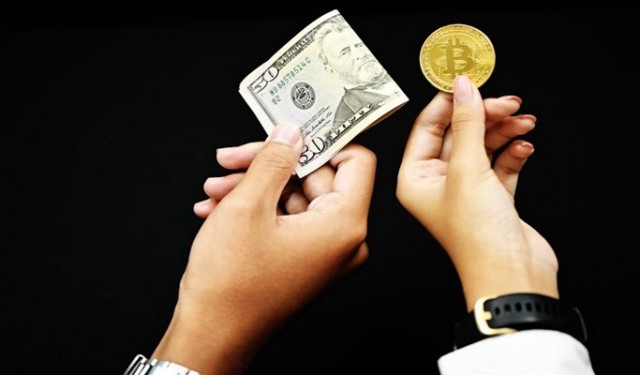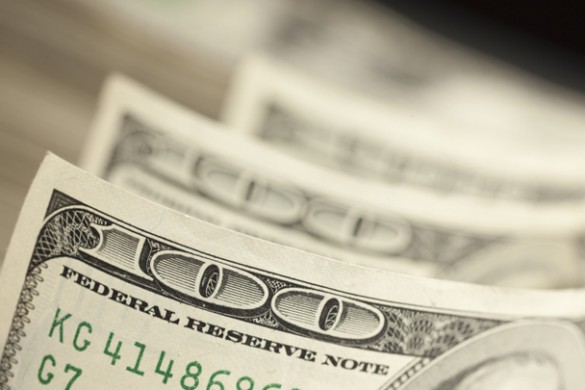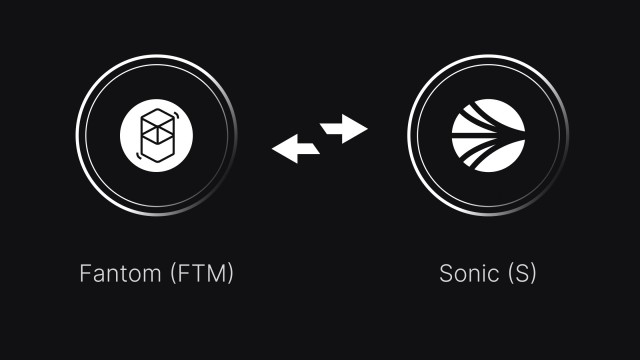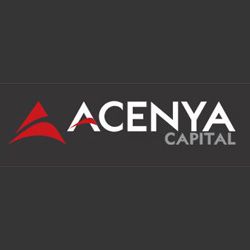Banks worldwide face many challenges from rising interest rates, leading to limited economic growth. So, the innovative solution to solve the main financial problem is the transformative blockchain technology, where Ripple serves all the bank and customer’s needs with a consensus mechanism, low fees, fast transactions, and high accessibility, enabling banks to achieve a global audience. This modern network provides transparency, enhanced liquidity, and an overall secure system that can protect traditional financial institutions from common economic concerns. XRP is one of the OGs of the crypto market, and its continuous evolution could reshape the global economy. In this article, you can find the main aspects that make XRP a great solution for banks worldwide.

What’s Ripple?
Ripple is an open-source blockchain created by Jed McCaleb and designed to improve worldwide financial exchanges and transfers. its cryptocurrency, XRP, can be used as a store of value to gain potential profits, identifying the best opportunities to gain returns according to Ripple prediction. It was introduced to the public in 2012 and has gained significant popularity until now when it’s considered an alternative to Bitcoin. Ripple’s main goal is to provide its functionalities to businesses worldwide, intending to reshape the economy and move the traditional financial systems into the digital world. Moreover, the XRP’s network aims to provide quick and affordable cross-border transactions in a matter of seconds, also facilitating the exchange from one currency to another in different countries.
XRP and financial institutions
XRP is supported by more than 100 banks, financial institutions, and payment systems, including the biggest banks in the world, like the Bank of America. This collaboration between the digital and real world is beneficial for all parties involved, as the platform works with bank experts to improve its features and bring innovations. Banks can achieve a global outreach, and customers can profit from fast and low-cost transactions. Banks use XRP as a bridge currency to facilitate transactions between different currencies all over the world, take advantage of the low fees and fast transactions, and attract eco-conscious users thanks to the sustainable Proof of Stake mechanism of the blockchain. To dig deeply into this subject, let’s see the main features of Ripple that make banks embrace the tech world:
1. Security
Cryptocurrencies often garner attention thanks to their high-security levels and anonymity. Unlike other currencies that focus on privacy, XRP provides transparency with a public record of all transactions, raising concerns among crypto-enthusiasts about the trustworthiness of the coin. However, note that transactions are not directly linked to the identity of individuals but with cryptographic addresses, which are hardly scalable for malevolent activities, making Ripple a secure blockchain for individuals and financial institutions. Understandably, security and privacy are top priorities, especially for financial systems that hold sensitive information, but Ripple has found the right equilibrium between transparency and security, putting a trustworthy label on its name.
2. Low fees
In traditional financial systems, banks usually experience high fees and operational expenses, but XRP offers the solution to this common issue by eliminating the need for intermediaries and allowing direct outreach between the parties involved in the funds transfer, which can cut significant costs. Also, clients can benefit from this feature, too, as Ripple’s network maintains a constant fee of around $0.0002 no matter the level of activity, which is an incredibly low number compared to Ethereum’s transfer costs, which could reach $50.
3. Cross-border payments
Commonly, a transaction conducted through traditional payment systems could take several days for approval, but blockchain technology opened the door to fast payments, enabling users from all over the world to send money in a matter of minutes if not seconds. The advanced protocols of Ripple complete transactions in 3-5 seconds for cross-border activities, improving the flow of money worldwide. Also, when it comes to exchange, the digital asset XRP can be a bridge between two different currencies, enhancing liquidity by direct exchange without involving multiple parties in the process.
4. Scalability
Financial institutions deal with a large number of transactions, and, as we said before, it takes several days to approve the activity, and it can be a long process where some errors in the systems could occur. Ripple addresses this problem thanks to its scalability, as it’s designed to handle a high volume of transactions in seconds. So, the advanced mechanism provides financial companies with speed, efficiency, and significantly low expenses, which are all aspects that could reshape the global economy and the money flow all over the world.
5. Sustainability
Nowadays, sustainability is not just a trend, but it has become a necessity. The Ripple market addresses environmental concerns by implementing a consensus mechanism called Proof of Stake, which, unlike other currencies like Bitcoin that use Proof of Work, Ripple’s PoS drives business innovation, bringing the solution with a green blockchain. This mechanism is estimated to use 61,000 less energy than the leader of the market, Bitcoin, which, according to experts, the average consumption of BTC is comparable to that of Poland or Kazakhstan. This concept attracts eco-conscious companies and individuals who are looking for innovative ways to embrace green values. Of course, it’s a beneficial way to create a positive reputation and stand out from competitors.
The bottom line
Besides being volatile, the crypto market is also a competitive field. Except for the leader, Bitcoin, and its following competitor, Ethereum, Ripple is an OG rival. The advanced mechanism of the blockchain aims for success by understanding what the financial institutions are lacking and seeking, providing banks and other traditional systems with the perfect balance between innovation, security, speed, and cost-saving practices. Currently, over 100 banks have embraced the power of blockchain, but the future looks promising for the crypto market as more and more networks offer new opportunities to develop a perfect financial ecosystem and create a harmonious collaboration between the digital market and the traditional economy.
Image source: https://unsplash.com/s/photos/crypto

 Hot Features
Hot Features













